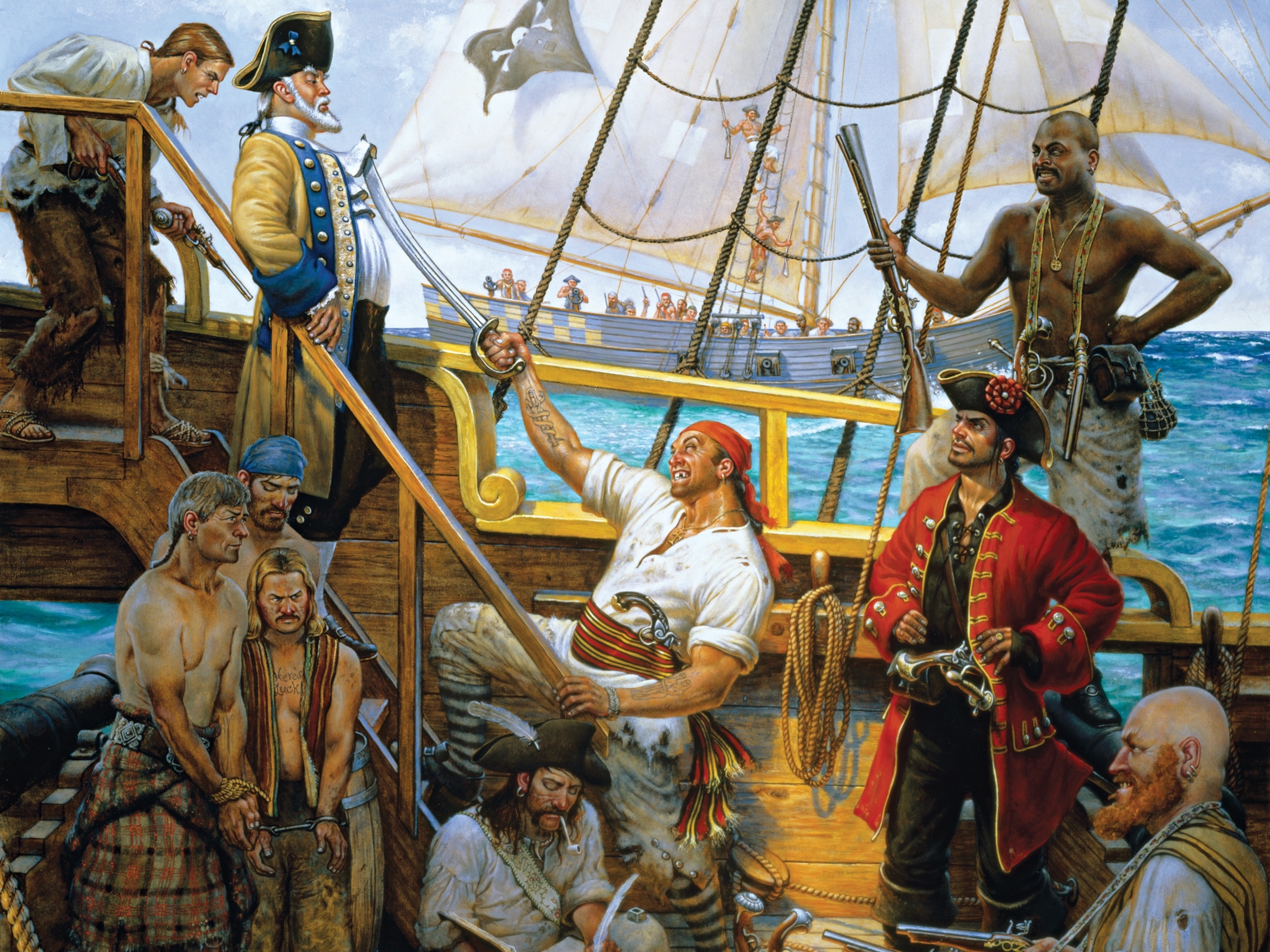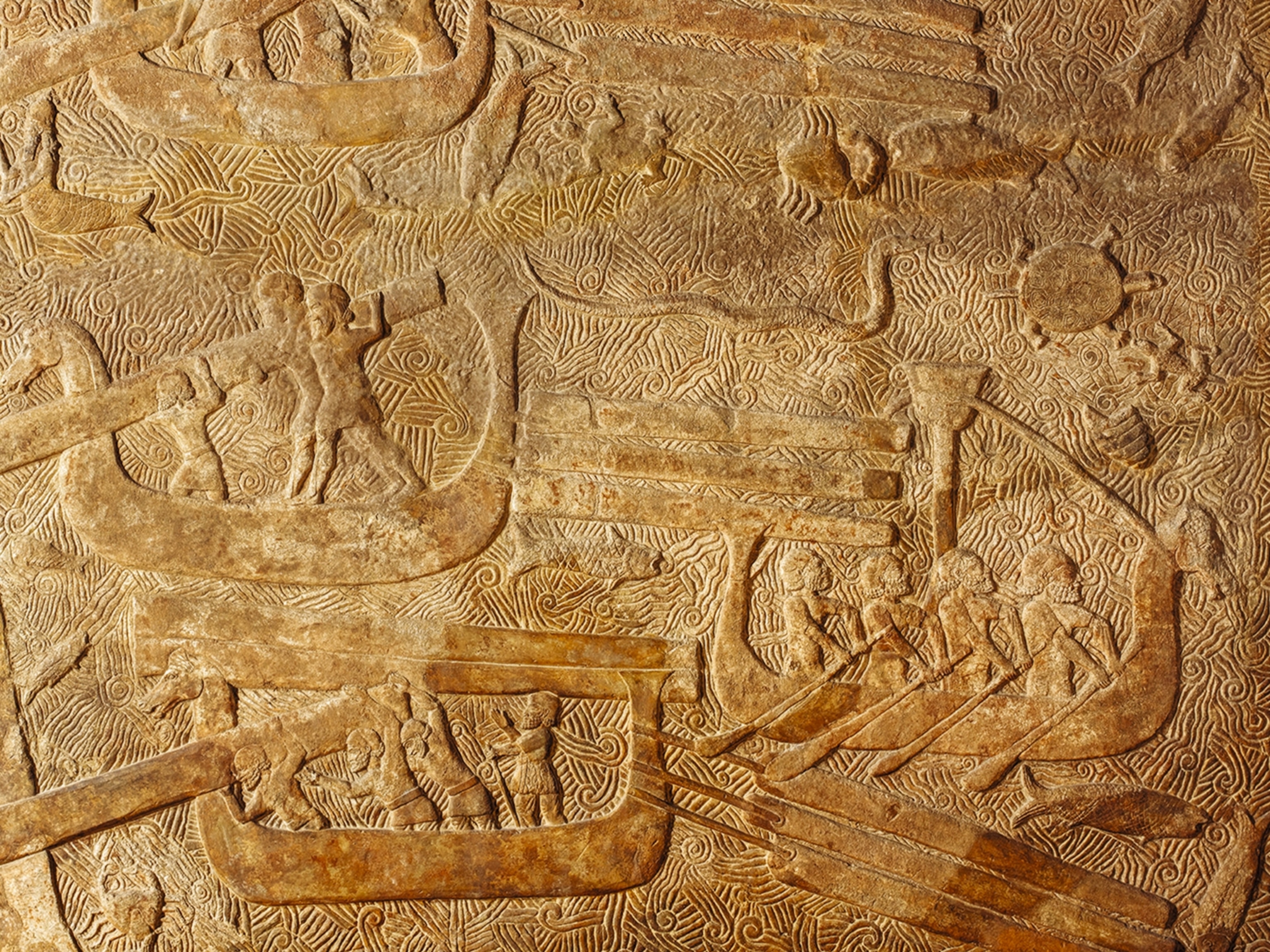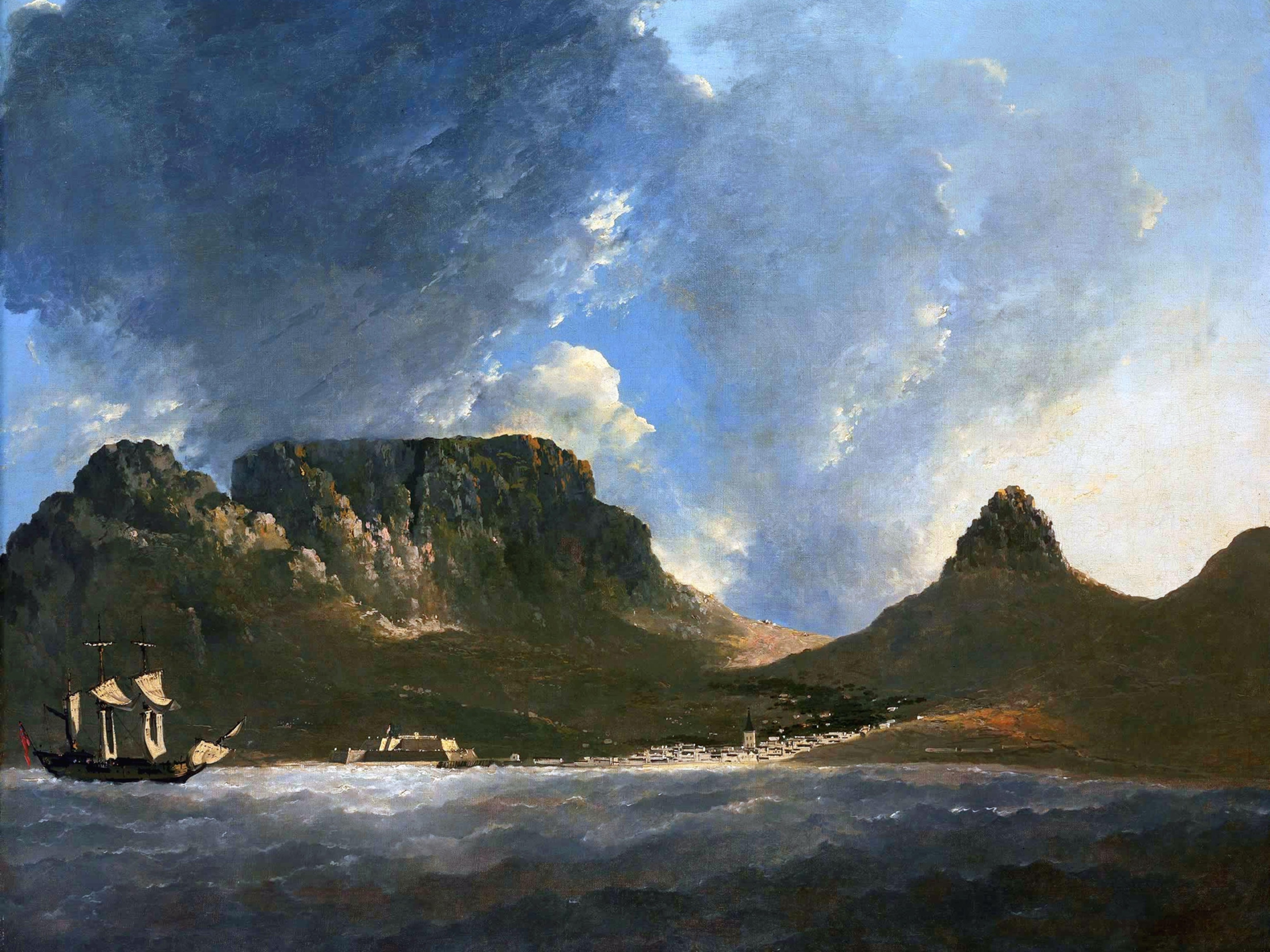
Poaching May Drive These 7 Species to Extinction
On Endangered Species Day, a look at animals threatened by illicit hunting and commercial trade.
From illegal hunting for the exotic pet trade to illegal hunting for fun, criminal acts have a devastating impact on some of the world’s most loved species, as well as some of the more obscure. To mark Endangered Species Day, Wildlife Watch looks at how crime jeopardizes seven animals facing extinction.
Ploughshare Tortoise: With its distinctive gold and black shells, this tortoise is vividly appealing—and now the rarest of its kind on Earth. Only about 500 ploughshares hold on in the forests of northwestern Madagascar. Hunted to supply the international pet trade, the creatures can fetch thousands of dollars on the international black market. Things are so bad that last year conservationists engraved some of the tortoises' shells with a serial number and the initials “MG” (for Madagascar) to ward off poachers.
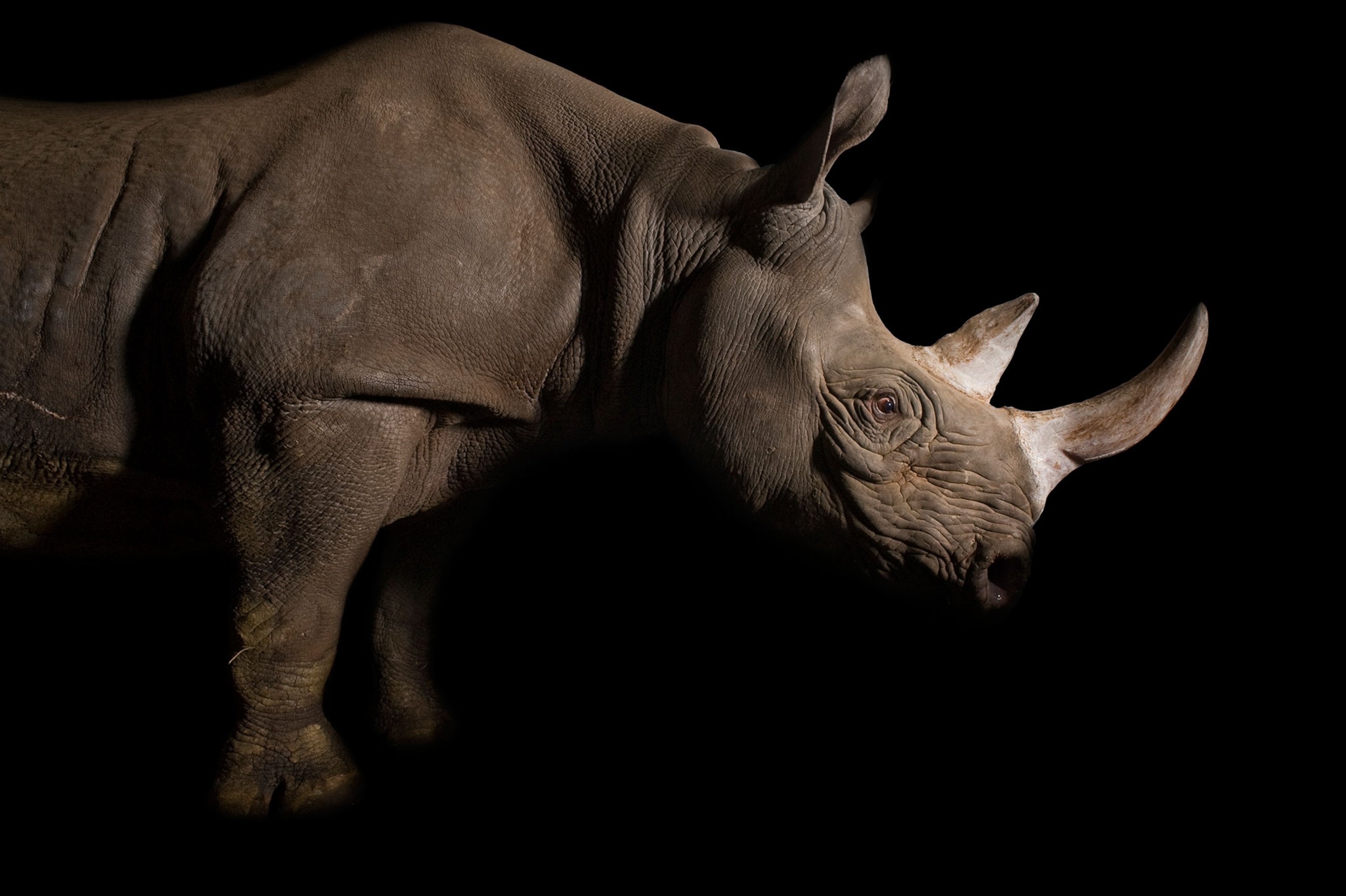
Black Rhino: The smaller of the two African rhino species, the black rhino is in trouble in its East and Southern African range. That’s because poachers have killed so many, hacking off their horns to supply the illicit trade. Only about 5,000 black rhinos are left in the wild. Buyers in Vietnam and China—the main markets—view rhino horn as a status symbol and think it can cure everything from cancer to hangovers. It can’t: The horn consists of keratin, the same stuff in our nails and hair.
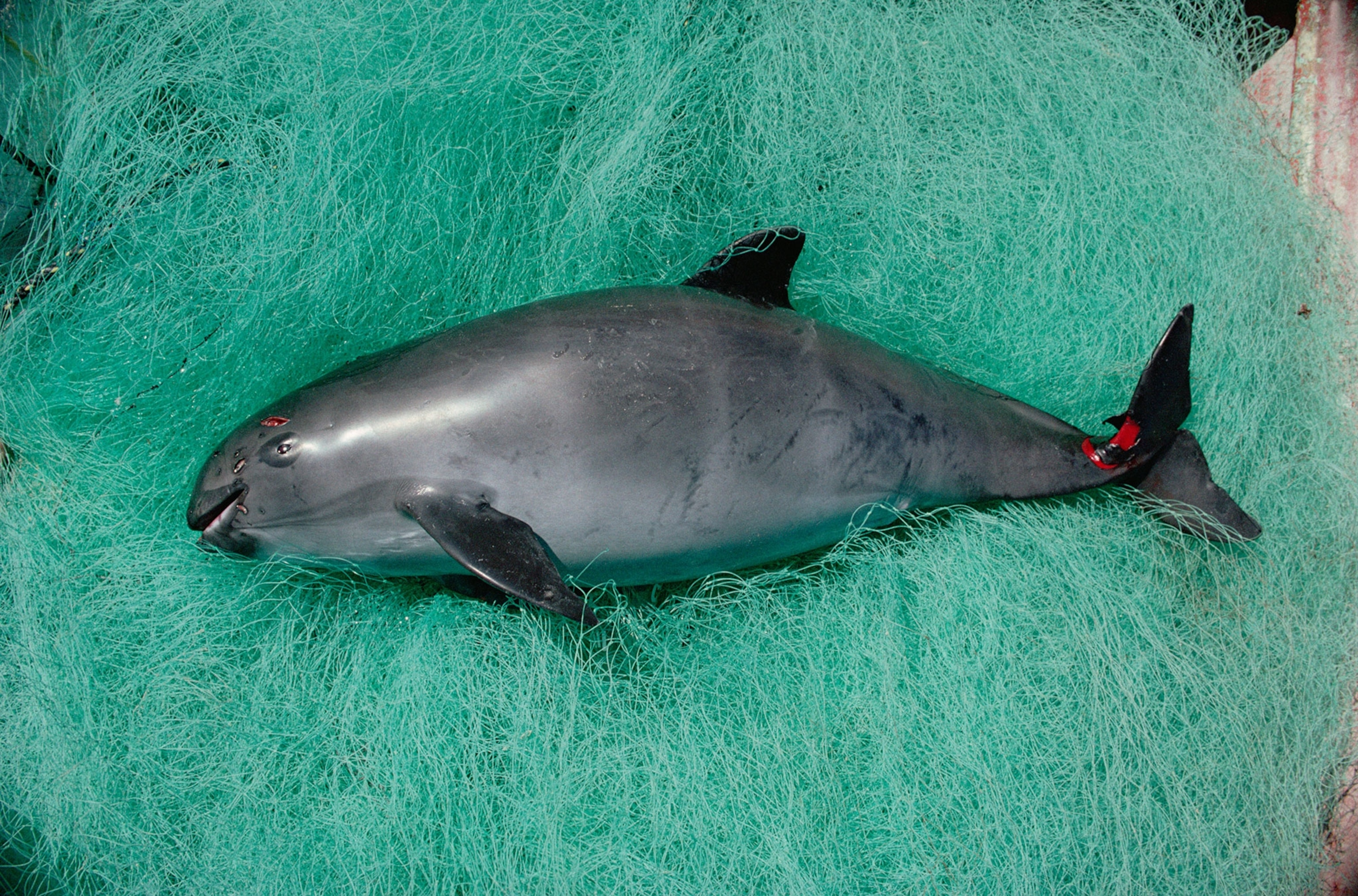
Vaquita: Criminals don’t target this little porpoise, but they die at the hands of poachers anyway. They become entangled in gill nets used to illegally catch totoaba, an endangered fish found in the Gulf of California whose swim bladder—the organ that helps it float—is coveted in China for soups and medicines. The vaquita is dangerously close to extinction—only 60 remain, the Mexican government announced last Friday.
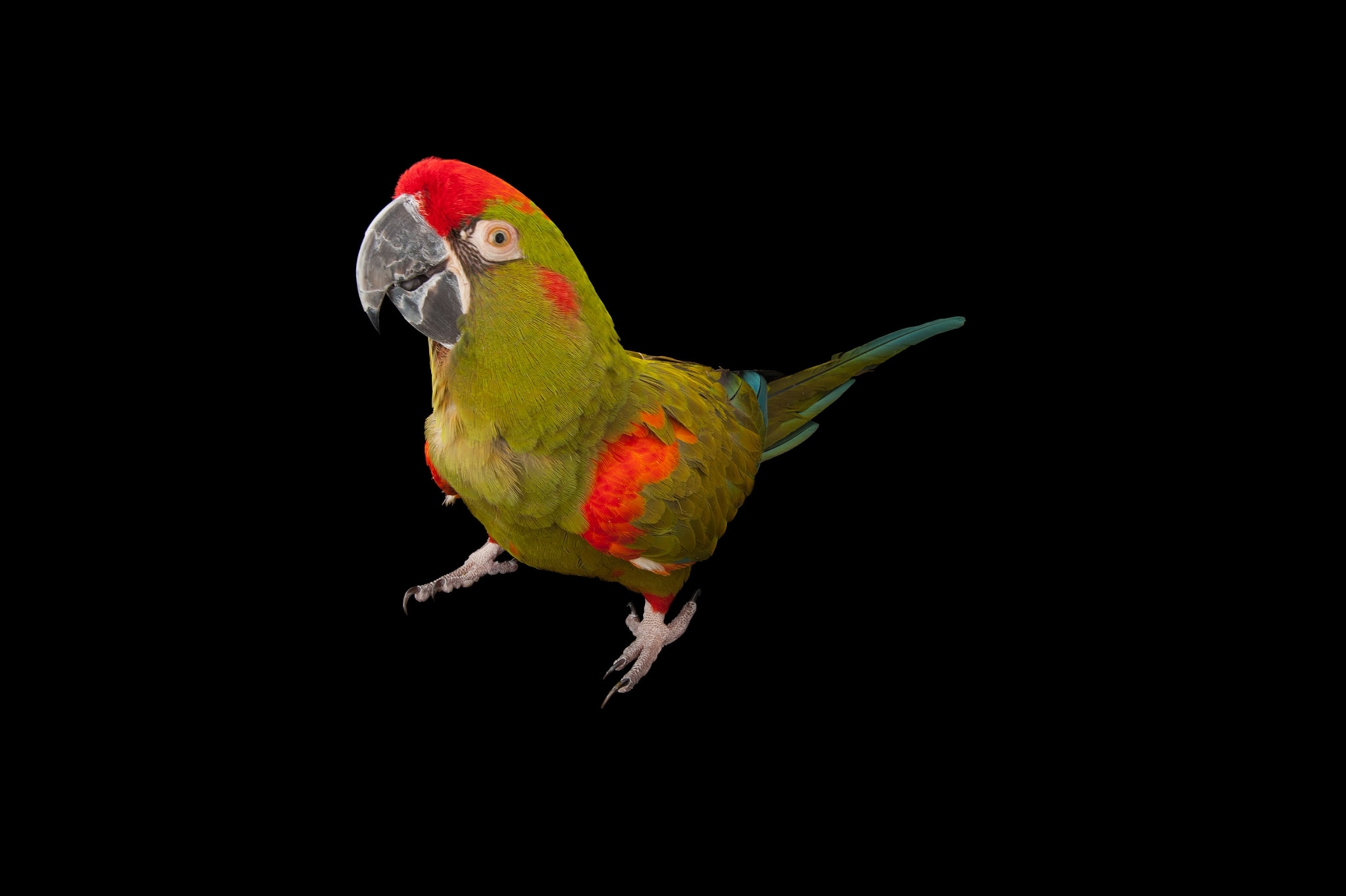
Red-Fronted Macaw: Found in the dry valleys of central Bolivia, these vocal beauties are in a dire state. Fewer than 4,000 red-fronted macaws live in the wild today, a number that reflects poaching to supply the pet trade in South America. Farmers who consider them crop-eating pests also hunt the birds and sell them to local markets.
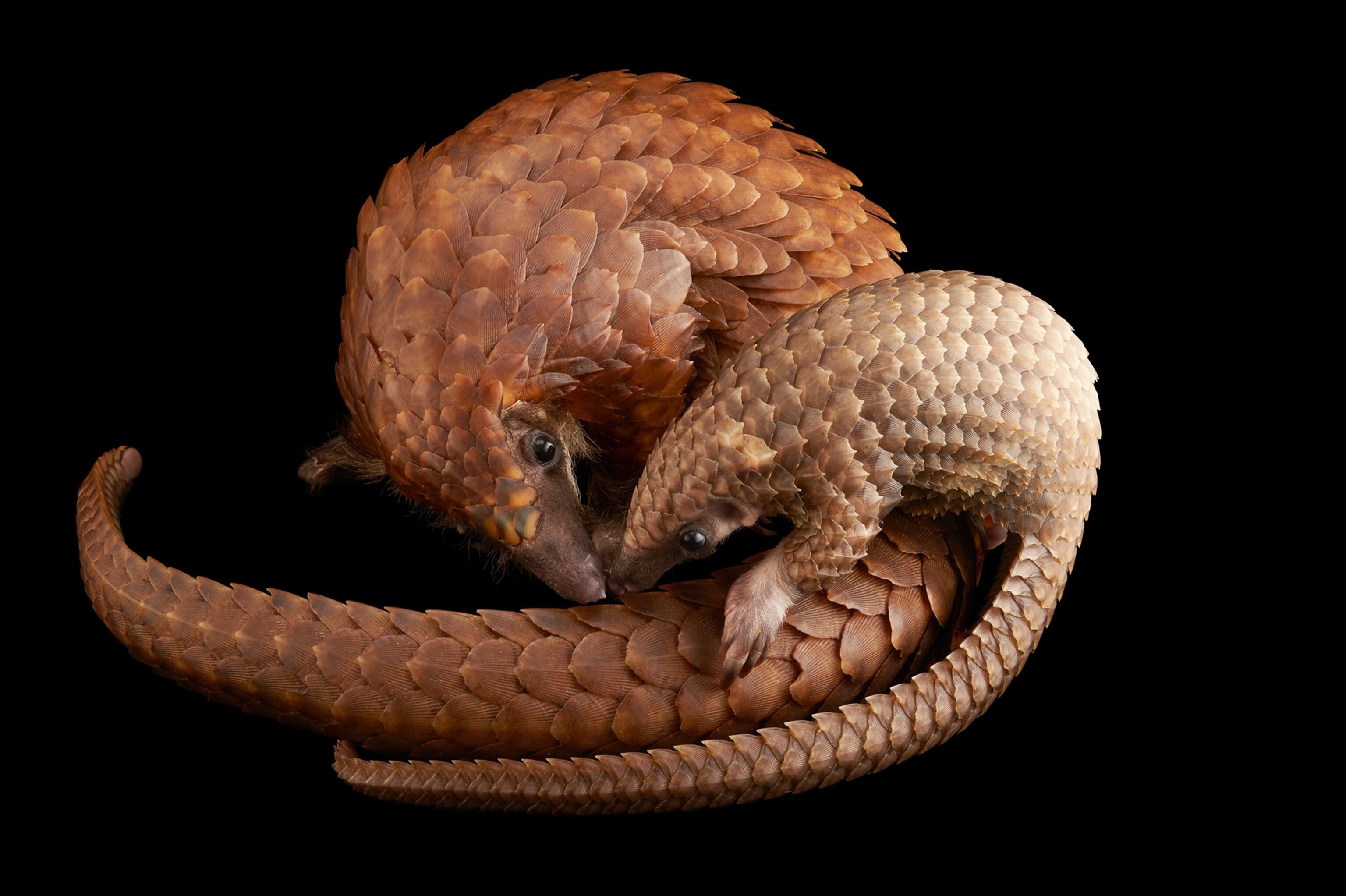
Pangolin: If a house cat and a pine cone could breed, their offspring might look something like a pangolin, a nocturnal mammal found in Asia and Africa. Also called scaly anteaters, the once little known creatures gained recognition a few years ago when wildlife experts gave them the unhappy distinction of being the most trafficked mammal in the world. More than a million pangolins have been illegally plucked from the wild during the past decade to satisfy demand—mainly in China and Vietnam—for their meat and scales, used in traditional medicine.
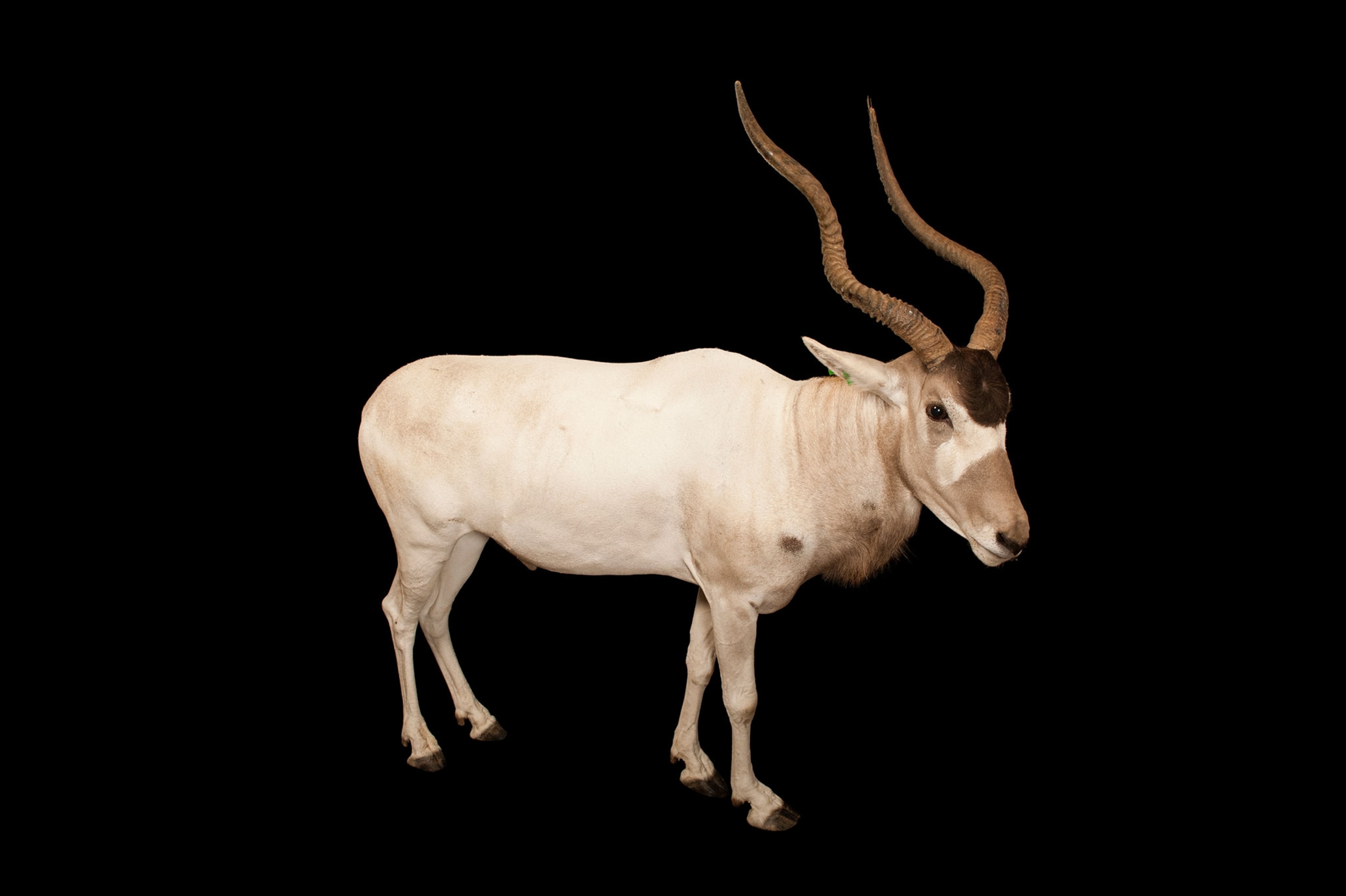
Addax: Poachers don’t always kill endangered animals to make money. Sometimes, they're hunted for fun—like addaxes, an ethereal-looking Saharan antelope facing imminent extinction. Niger’s own military, assigned to protect oil workers in the heart of addax territory, have hunted the animals for sport in violation of the law, as did migrants fleeing Libya after the collapse of the Qaddafi regime in 2011. Researchers spotted a mere three addaxes during a survey of their habitat in March.
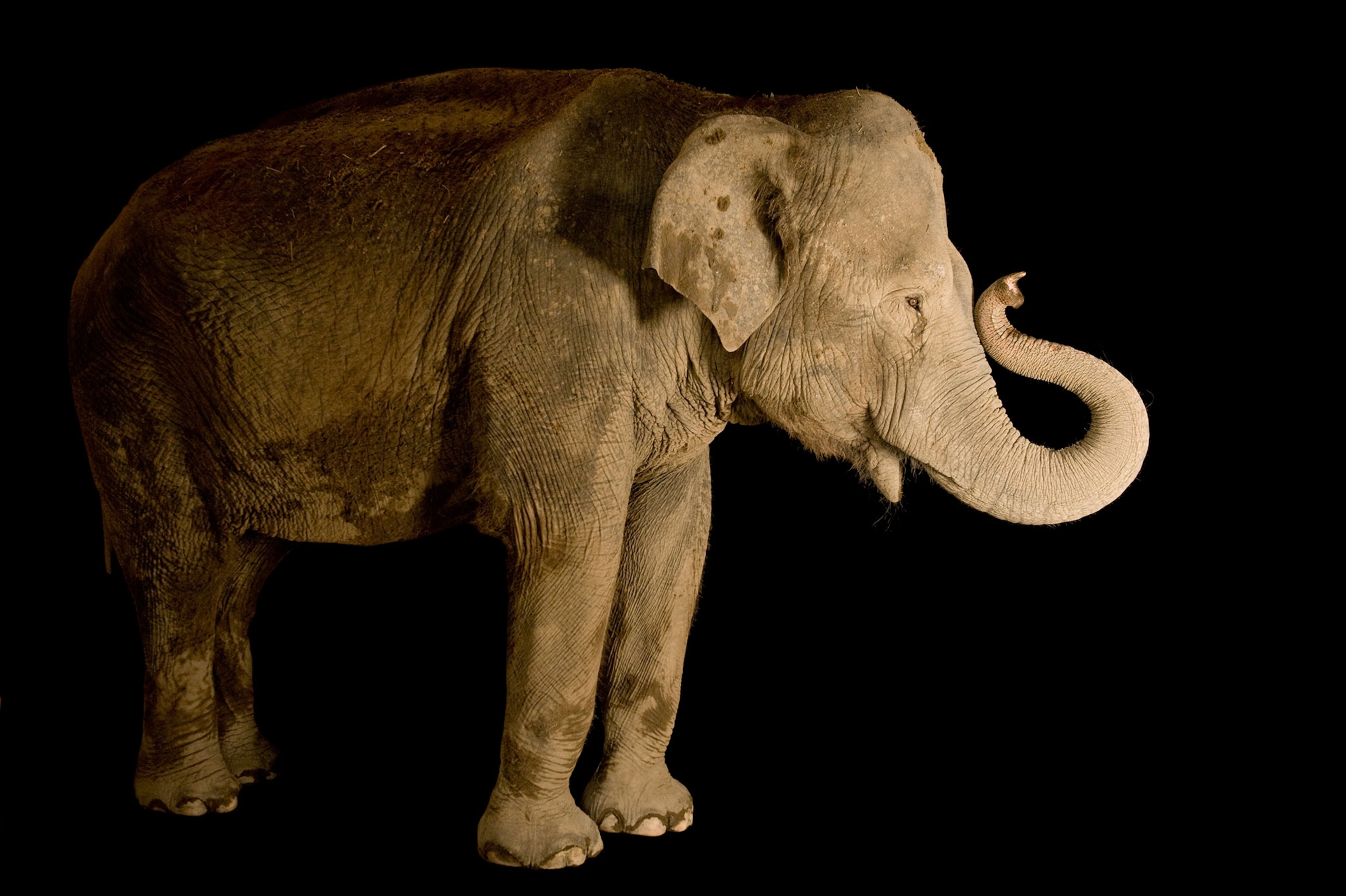
Asian Elephant: Although most illicit ivory comes from African elephants, the illegal trade has also taken a toll on those in Asia, whose numbers have plummeted by 50 percent during the past century. Asian elephants, which are smaller than their African counterparts, with rounder ears, are targeted for their tusks (which only males possess) but also their meat and skin. They're also heavily threatened by habitat loss and capture from the wild to stock tourist attractions.
This story was produced by National Geographic’s Special Investigations Unit, which focuses on wildlife crime and is made possible by grants from the BAND Foundation and the Woodtiger Fund. Read more stories from the SIU on Wildlife Watch. Send tips, feedback, and story ideas to ngwildlife@natgeo.com.



